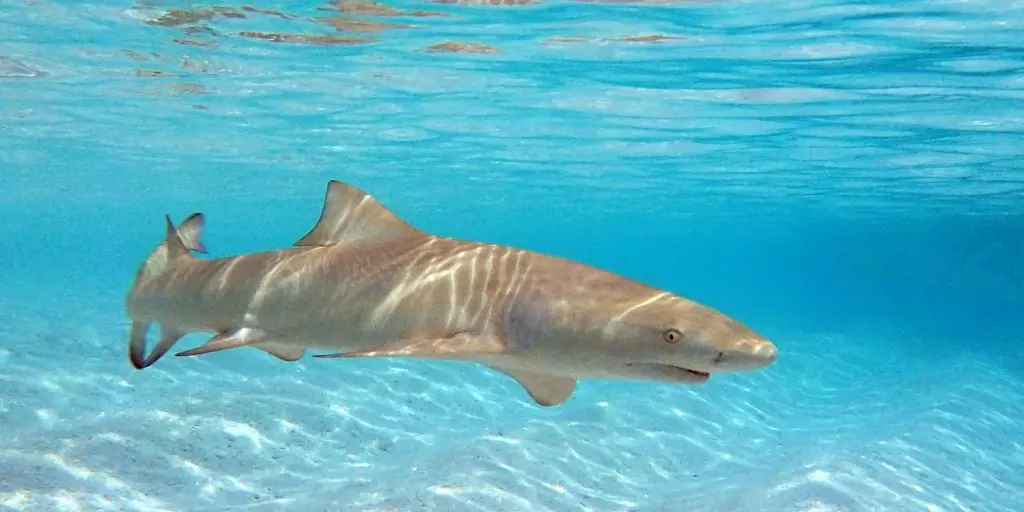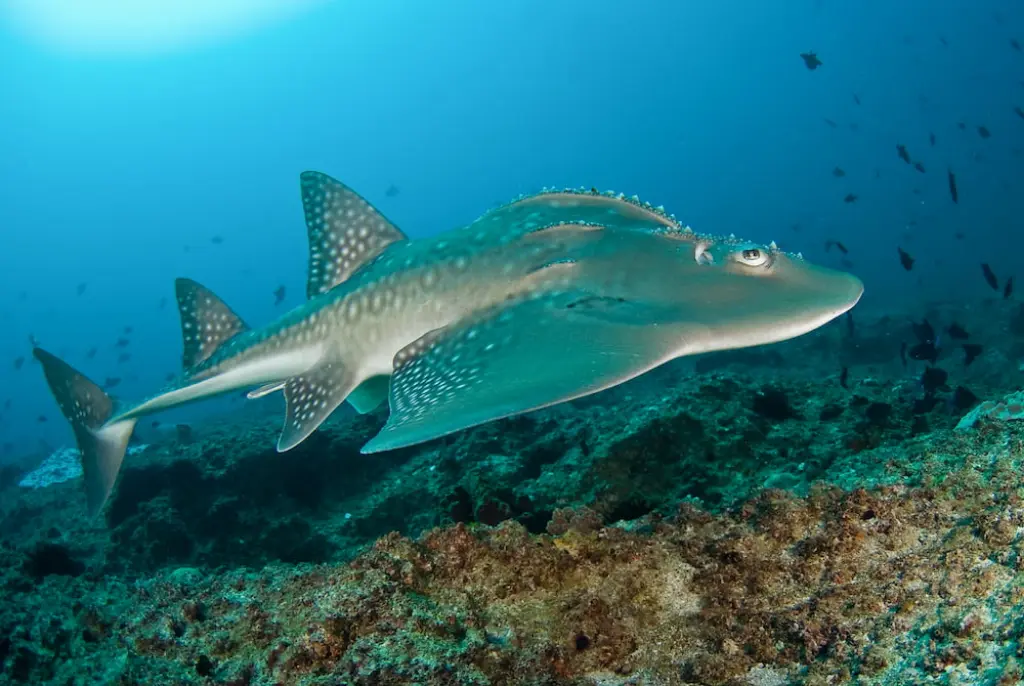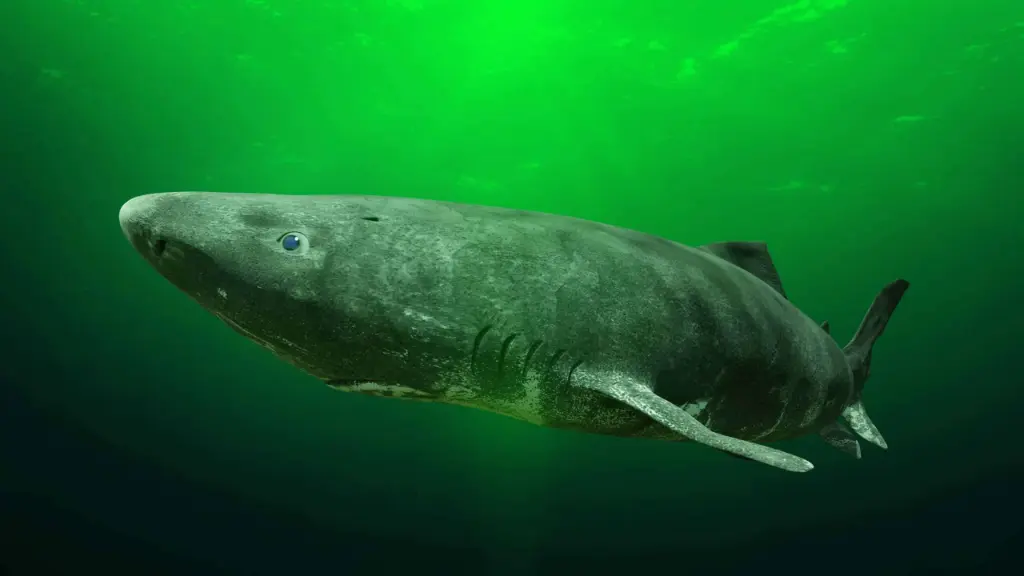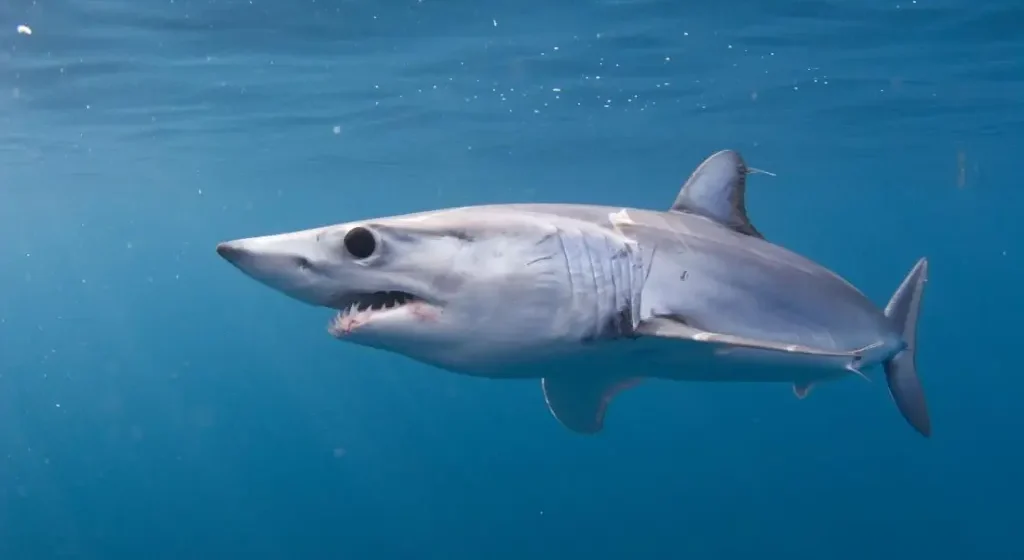The Thresher Shark, scientifically known as Alopias vulpinus (Common Thresher), is a fascinating and unique creature of the deep. Known for its exceptionally long caudal fin, which can be as long as its body, this shark uses its tail as a weapon to hunt prey. This page will provide you with valuable information about the Thresher Shark, from its physical characteristics to its behavior and conservation status.
What Makes the Thresher Shark Unique?
The most distinguishing characteristic of the Thresher Shark is, without a doubt, its elongated caudal fin (tail). This powerful appendage isn’t just for show; it’s a crucial tool in their hunting strategy. They use it to whip and stun schools of fish, making them easier to catch. They are found in temperate and tropical waters worldwide.
Hunting with the Tail
Imagine a shark that can effectively “lasso” its prey! The Thresher Shark often swims through a school of fish, using its tail to slap and injure the fish, then circling back to consume the stunned or dead victims. This innovative hunting technique makes them highly efficient predators.
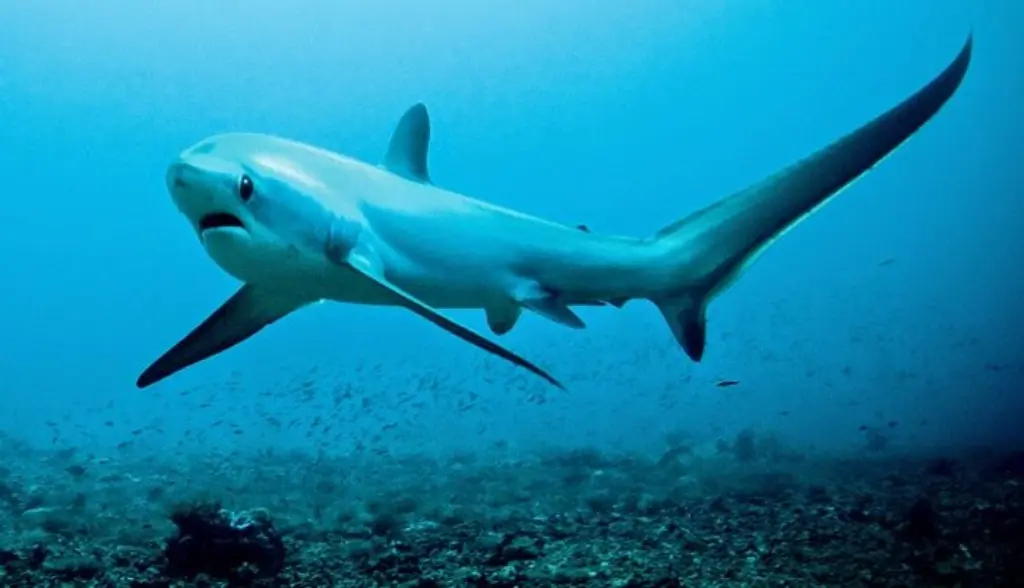
Key Features of the Thresher Shark
Here’s a breakdown of the key characteristics that define the Thresher Shark:
| Feature | Description |
|---|---|
| Scientific Name | Alopias vulpinus (Common Thresher) |
| Common Name | Thresher Shark, Common Thresher, Fox Shark |
| Size | Can grow up to 18 feet (5.5 meters) in length, with the tail making up roughly half of that length. Average length is about 10-16 feet. |
| Weight | Up to 750 pounds (340 kilograms). |
| Appearance | Sleek, torpedo-shaped body with a long, sickle-shaped caudal fin. Dorsal fin positioned further back than most sharks. Dark gray or brown coloration dorsally, transitioning to white ventrally. Relatively small mouth. |
| Habitat | Temperate and tropical oceans worldwide, both coastal and open water. |
| Diet | Primarily feeds on schooling fish, squid, and occasionally seabirds. |
| Lifespan | Estimated to be around 45-50 years. |
| Conservation Status | Vulnerable (IUCN). Threatened by overfishing and bycatch. |
| Reproduction | Ovoviviparous, meaning the embryos develop inside eggs within the mother’s body until they hatch and are born live. Usually give birth to 2-4 pups. |
Conservation Concerns
Unfortunately, Thresher Sharks are facing significant threats, primarily from overfishing and bycatch in commercial fisheries. Their slow reproductive rate makes them particularly vulnerable to population decline. Conservation efforts are needed to ensure the survival of these remarkable creatures.
- Overfishing: Targeted for their meat and fins.
- Bycatch: Frequently caught unintentionally in fishing nets.
- Slow Reproduction: Limits their ability to recover from population losses.
What You Can Do
You can help protect Thresher Sharks by supporting sustainable seafood choices, advocating for stronger fishing regulations, and educating others about the importance of marine conservation.
By understanding and appreciating these incredible animals, we can contribute to their long-term survival in our oceans.

